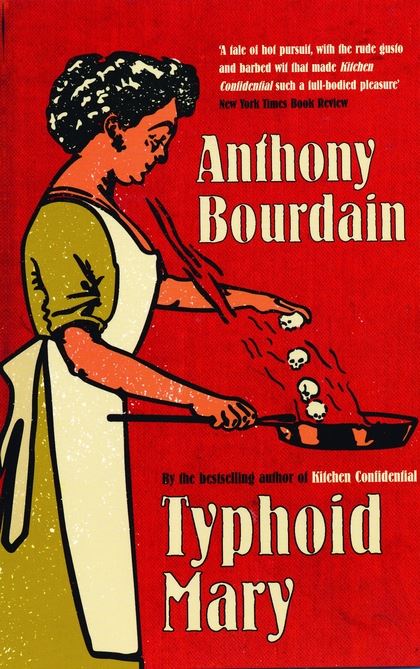It’s a sad story, and for the most part Bourdain is sympathetic. A lot of the book consists of him imagining Mary’s thoughts and feelings during the pursuit by George Soper and subsequent imprisonment. It’s a convincing account, even if we’ve no way of knowing what her thoughts and feelings actually were. In this respect it’s less a conventional history than a sort-of creative non-fiction, thought that doesn’t make it any less worth reading.
The story is relevant today for some obvious reasons, but also for looking at how social circumstances have changed for women. Mary was very unique for her time. She was tall, and well-built, possessing formidable strength (when she was caught, she had to be sat on by a number of people to keep her from escaping). She was never demure or submissive, often swearing and using aggression to get what she wanted. She had a boyfriend, Alfred Breihof, who she lived with despite not being married. They may have bonded over their status as foreigners in the US: she had emigrated from Ireland at age 15, and he was German. All in all she was an outsider and noncomformist who never lived in the way women were meant to at that time. This gives the exploitation and abuse she went through in the hospital and even more sinister sexist dimension, as if they were punishing her for not fitting in as much as for carrying typhoid.
Bourdain can really write, and the way he describes not just the time period but also the atmosphere of a kitchen and the lifestyle of a cook is evocative, making you feel what it might have been like. It provides valuable insight into a profession not understood by most people, and a period in history that sadly mimics our own. Mary was the first known ‘superspreader’, and thanks to her we have better knowledge of how to deal with those who are unfortunately infected in such a way. It’s a fitting tribute to a misunderstood and demonised woman whose life was a tragedy and a lesson for future generations.
Review by Charlie Alcock

 RSS Feed
RSS Feed
